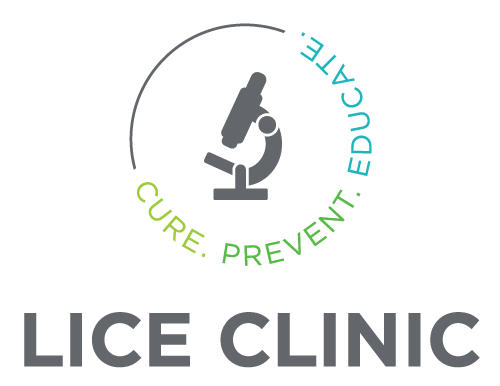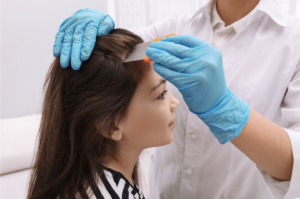Can Head Lice Jump? Separating Myths from Facts and Gaining Clear Understanding
Head lice are tiny, wingless insects that infest the human scalp and feed on blood. These minuscule creatures have been the cause of concern and myths for centuries. One common question that often arises is whether head lice can jump. In this blog, we aim to debunk the myths surrounding head lice and provide a comprehensive understanding of their behavior.
Dispelling the Myth:
Contrary to popular belief, head lice cannot jump. Unlike fleas or grasshoppers, head lice lack the physical ability to jump or fly. Instead, they move by crawling. Understanding this basic fact helps dispel the misconception that lice can jump from one person’s head to another.
How Do Head Lice Move?
Head lice are highly adapted to their environment and have specialized structures that aid in their movement. They have six legs equipped with claws that are designed for gripping onto hair shafts. Lice move from one host to another through direct head-to-head contact, which allows them to crawl from one person’s hair to another.
The Importance of Close Contact:
The primary mode of head lice transmission is close physical contact. This typically occurs when individuals share personal items such as combs, brushes, hats, or headphones. Head lice do not have the ability to survive for an extended period away from the human scalp, so their survival is heavily dependent on the proximity of potential hosts.
Understanding the Life Cycle:
To comprehend the limitations of head lice movement, it’s essential to understand their life cycle. Head lice undergo three main stages: nit (egg), nymph, and adult. Nits are firmly attached to the hair shafts near the scalp and do not move. Nymphs resemble adult lice but are smaller, and they also remain close to the scalp during their development. It’s the adult lice that move freely on the scalp.
Prevention and Treatment:
Given that head lice rely on close contact for transmission, preventive measures play a crucial role in avoiding infestations. Educating individuals about not sharing personal items that come into contact with the head is essential. Additionally, regular checks for lice and nits, especially in school-aged children, can help detect and address infestations early.
If head lice are detected, seeking professional assistance from a head lice removal clinic is a recommended course of action. Specialized clinics, such as ours, offer tailored solutions for lice removal. Our clinic experts use advanced techniques and treatments to eliminate head lice and their eggs effectively. It is crucial to follow our clinic’s specific instructions meticulously, and our trained professionals can provide personalized guidance based on individual cases. Consulting with our experienced professionals ensures a thorough and expert approach to head lice removal, promoting a more efficient and successful outcome.
Conclusion:
In conclusion, head lice cannot jump, debunking a common myth that has persisted for years. Understanding the limitations of head lice movement is crucial for effective prevention and treatment. By promoting awareness and adopting preventive measures, we can minimize the spread of head lice and ensure a healthier scalp for everyone.


